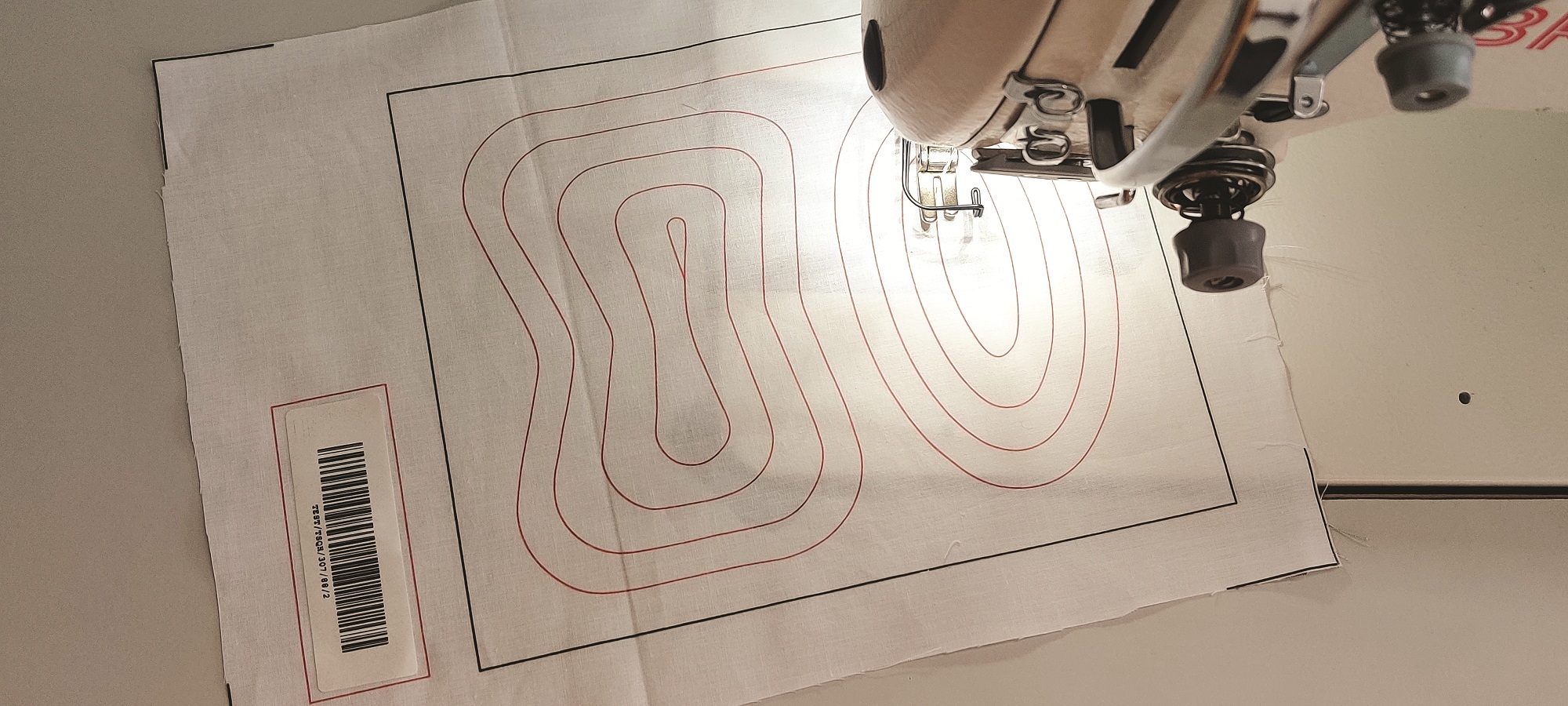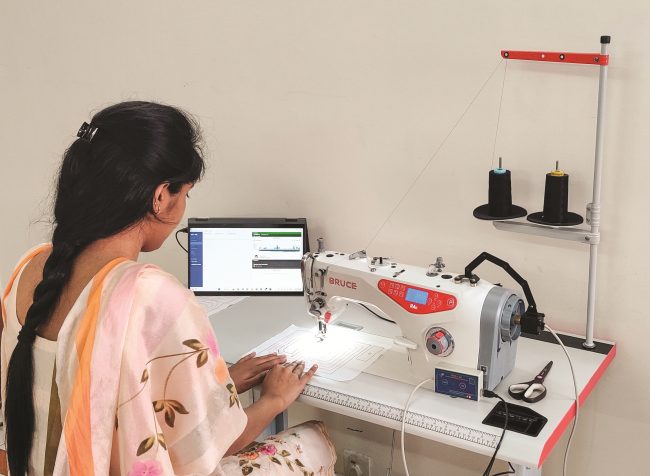
Apparel 4.0 Technologies to showcase digitalisation of apparel sewing
Apparel 4.0 Technologies Pvt Ltd is one of the top sixteen winners of the ITMA 2023 Startup valley. The company’s i-SMART has already won many accolades. It was one of the top six winners of the prestigious H&M Innovation award in 2022.
Apparel manufacturing is labour oriented and thus migrated to low wage countries over the decades. It is an industry that employs relatively low-skilled workers that works behind the machines. Any human being is prone to cognitive and auditory distractions, thus not suitable for tasks that require visual concentrations. Apparel 4.0 Technologies Pvt Ltd (Apparel4tech) believes that clever use of technology can bring significant change in the way apparels are manufactured around the world. Apparel4tech works towards developing intelligent solutions towards automation of selective manufacturing processes that would remove bias, eliminate human error, digitalise manufacturing and ultimately transform lives of human workers in textile and apparel manufacturing.
Sewing add 80 per cent of the total manufactured time of any merchandise, thus most important activity in the cut-sew-finish process. “Our theme for ITMA Start-up Valley is Digitalisation of Apparel Sewing. We will display i-SMART (Intelligent Skill Mapping and Rating Technology) that creates digital twin of sewing machine worker. We will also display 3D Printed machine parts at the point of consumption through Same Day Spare Part (SDSP) platform,” said Prabir Jana, Co-founder and Director, Apparel 4.0 Technologies, and Professor, Department of Fashion Technology, National Institute of Fashion Technology (NIFT), Delhi. He added, “i-SMART has already won many accolades. It was one of the top six winners of the prestigious H&M Innovation award in 2022 and Apparel 4.0 Technologies Pvt Ltd is one of the top sixteen winners of the ITMA 2023 Startup valley.”

There are varying applications and expectations of stakeholders when talking about digitalisation; it may be converting a physical object to digital twin or capturing shop floor production data in digital form. While the digital twin is enabling any manufacturer to run what-if simulation, the shop floor production data visualised in dashboard giving transparency to higher management. Unless there is win-win expectations amongst all the stakeholders, there will be resistance towards digitalisation. “We at Apparel 4.0 Technologies Pvt Ltd use futuristic technologies to digitalise or automate processes offering unprecedented visibility and key performance measures never thought off,” stated Deepak Panghal, Co-founder and Director, Apparel 4.0 Technologies, and Assistant Professor, Department of Fashion Technology, NIFT, Delhi.
The fully computerised i-SMART platform objectively evaluates and calculates the numerical rating score of sewing operator with zero human interference. Currently, Apparel4tech provides two solutions; i-SMART skill Master and i-SMART Skill gap. Skill Master Dashboard provides the key generic skills of sewing operators which can be used to grade workers, thus wage finalisation; to match & allocate right sewing workers to right sewing operations, thus more productivity and consistent quality. While the Skill Gap dashboard provides the strength and weakness of each sewing operators which can be used to re-skill sewing workers. The i-SMART skill master is operation neutral, easy to develop and maintain, MTM (Methods Time Measurement) based thus worldwide recognition, utilises operator’s inherent strength thus higher productivity and better quality, deploy through SaaS platform thus a step forward to bracing Industry 4.0.
Apparel manufacturing is characterised by ever-changing style variabilities combined with high fabric variabilities. The industrial sewing uses division of labour with variety of sewing machines fitted with work aids & attachments (deskilling devices). Any type of attachment is available in multiple specifications; for example there can be 16 SKUs for a simple upturn hemmer based on variable hemming width from quarter inch to one and half inch. Availability of right specification of machine part or attachment at right time is a challenge. Manufacturers often have to compromise manufacturing performance due to non-availability of attachments. This is where 3D printing holds its significance.
With 3D printing method the garment manufacturer anywhere in the world can make the machine part or attachment at the point of consumption just-in-time (JIT). There is no need to stock and maintain physical inventory of parts; e-catalogues maintain the drawings of the parts on cloud. The manufacturer can simply download the file and print the part using a compatible 3D printer. The advantages include negligible lead time, sometimes cheaper than original part and most importantly the custom designed parts are produced with micron level accuracy resulting lesser failure and higher quality performance.



